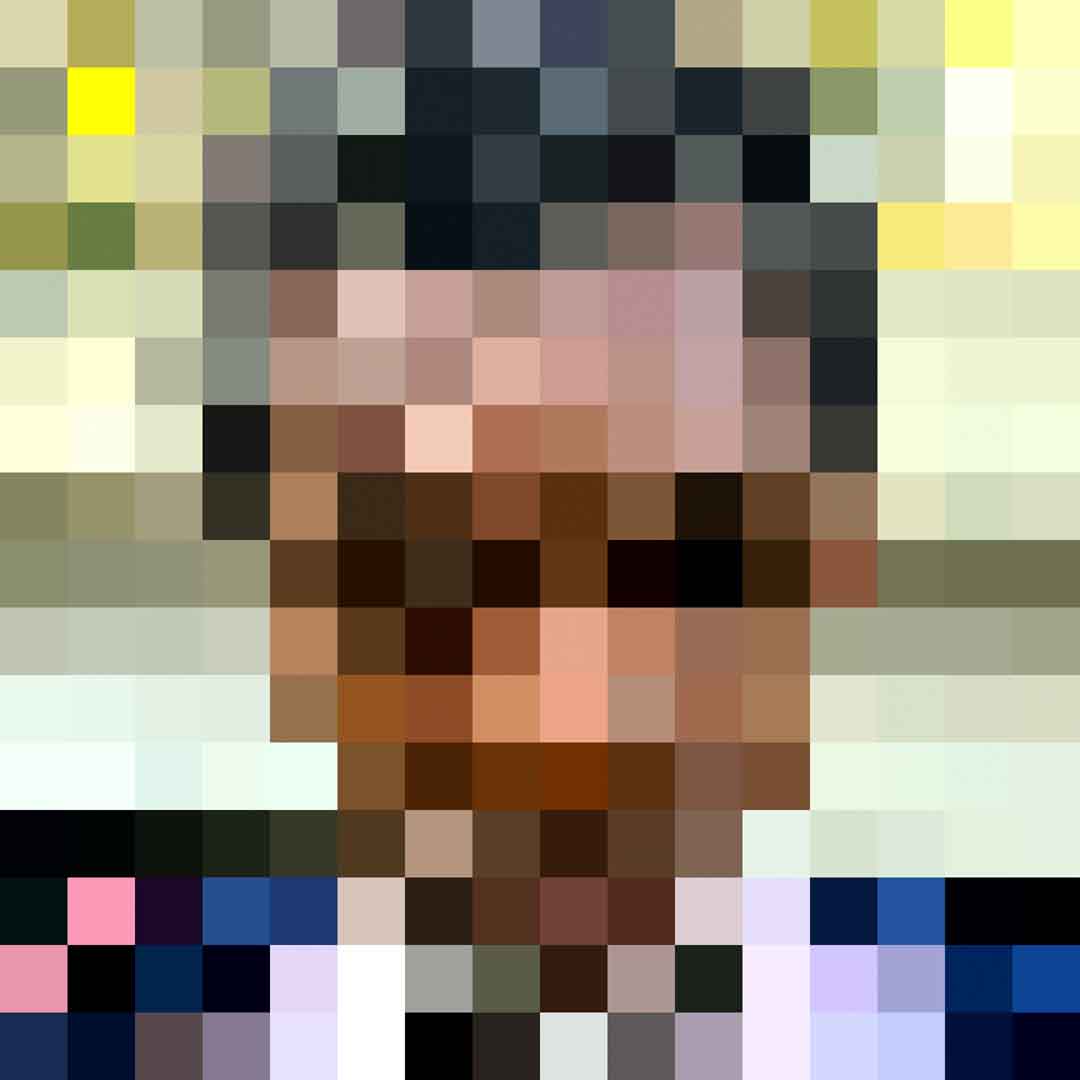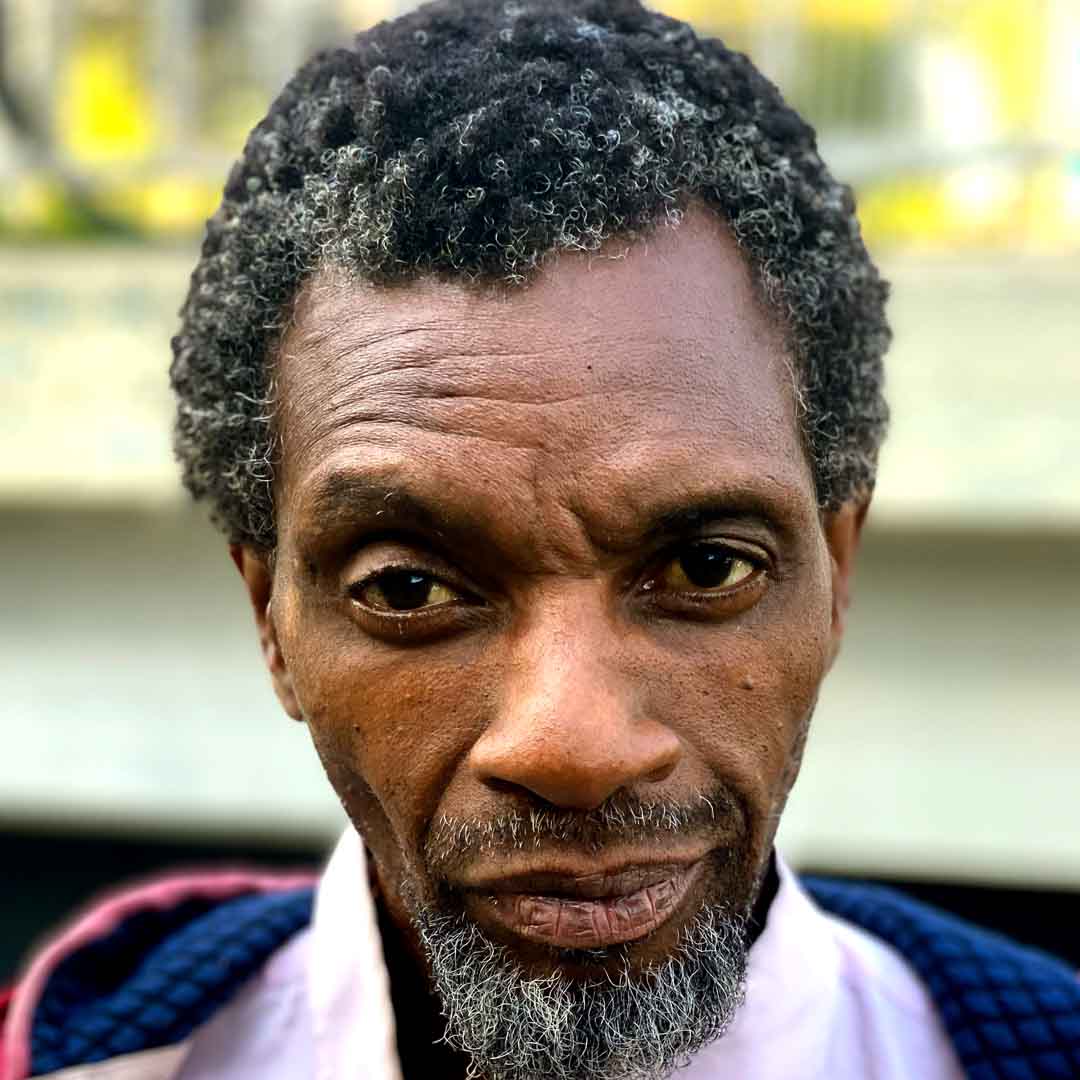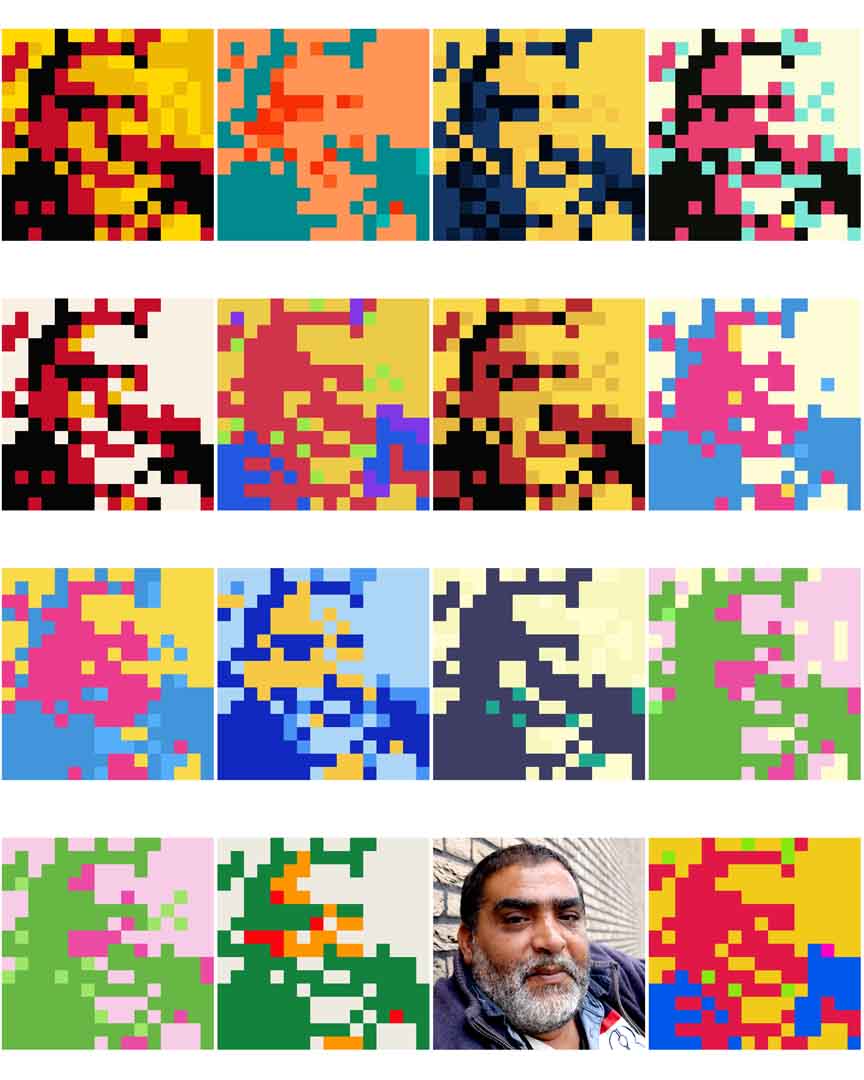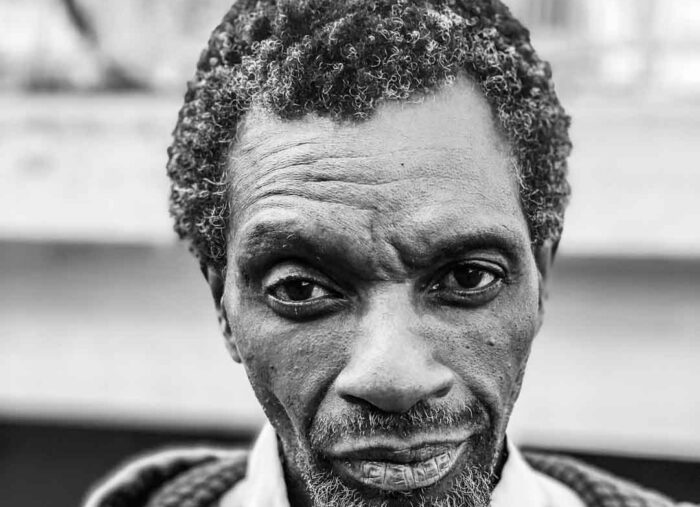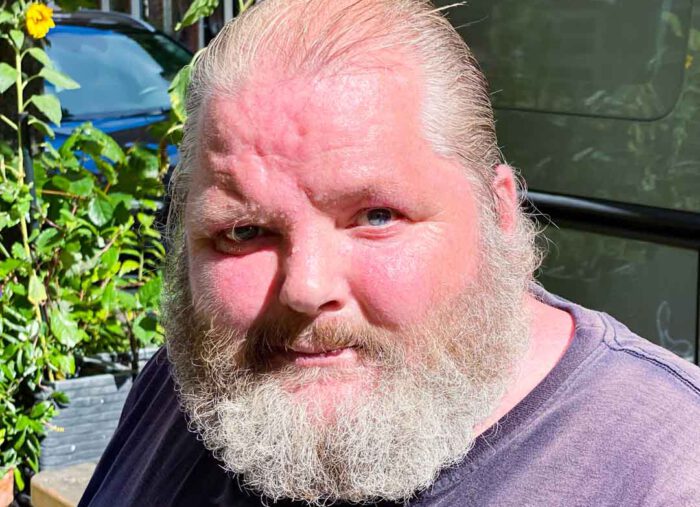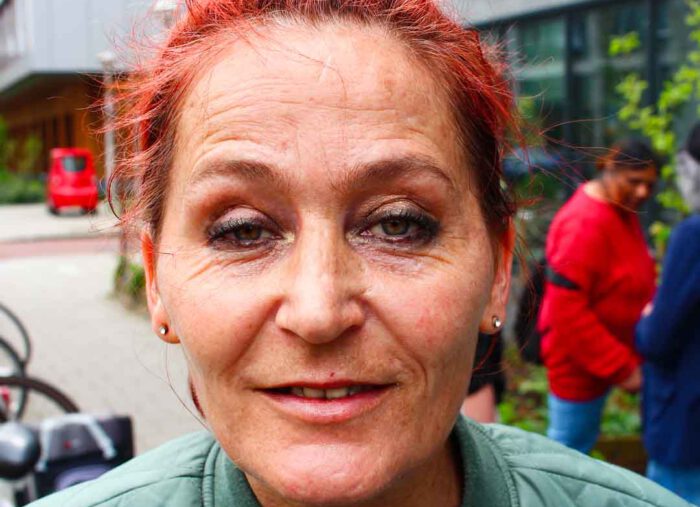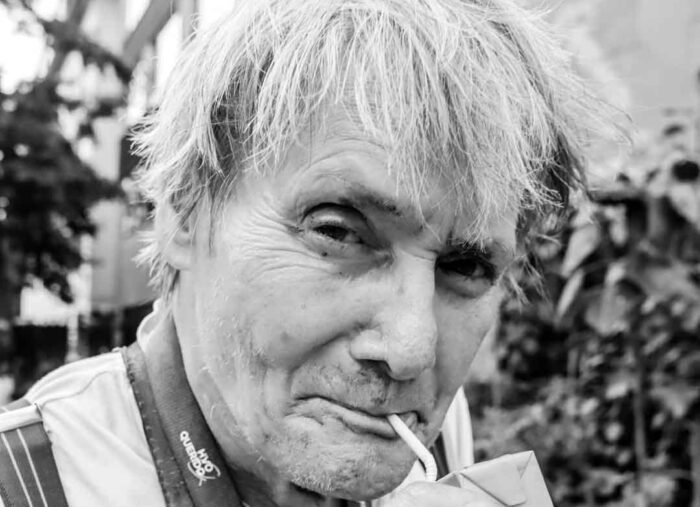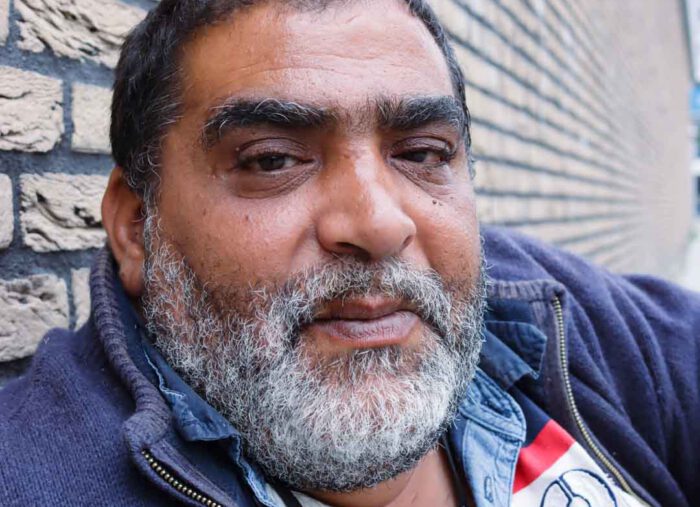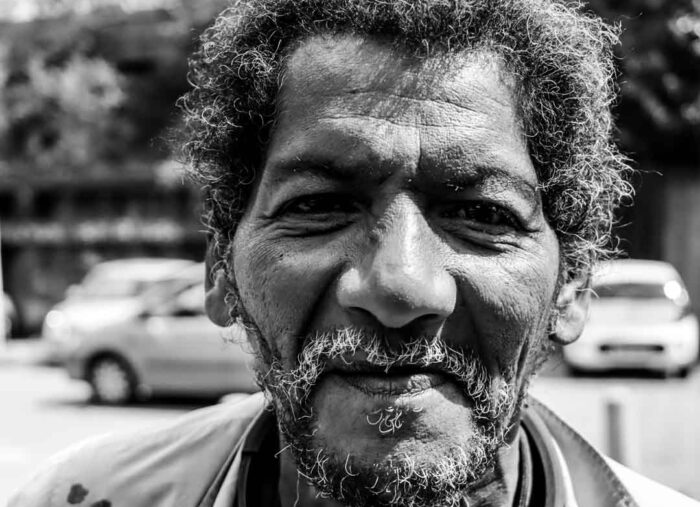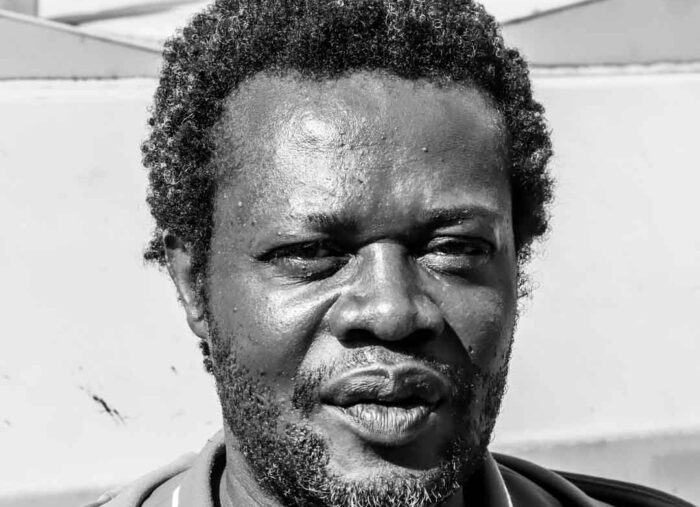Voices
Behind the Surface:
People Are People
There are a million reasons why someone might find themselves in a vulnerable situation. Homelessness, poverty, and hardship don’t happen in isolation, and they could happen to any of us. Despite the different paths that lead to these circumstances, we are all wired the same. Genetically, we are 99.9% identical. What separates us isn’t who we are at our core, but what happens to us in life—the circumstances, challenges, and experiences that shape us.
Beneath the surface, we are all the same. We live in the same cities, walk the same streets, and see the same things. In essence, people are people, no matter where life has taken them.
Below, you’ll find portraits of individuals who are often overlooked or unseen, yet whose stories resonate with the shared human experience. Click on each photo to learn more about their lives, their journeys, and their voices.
Portraits
Light Paintings
In today’s world, we are all constantly striving to capture the perfect moment—whether it’s the ideal photo, the seamless video, or a flawless portrayal of life through the lens of social media. We play to the algorithm, yet few, if any, truly understand what’s happening behind the lines of code. That’s why every week, there’s a new way to “hack” the algorithm. But the harsh truth is that much of what we see online is simply a manipulation of pixels—tiny dots of light on a screen, typically held in your hand.
We are all learning, consciously or not, how to manipulate LED displays and code to present something that, in reality, may not exist at all. The digital world feels incredibly real at times, but when we dig deeper—whether into the code behind an image or the lived experience of people on the margins—we find that things aren’t always as they seem. Have you ever met your favourite super star celebrity or influencer in real life and had that odd feeling that they seem somehow less super hero and more….whats the word: human?
This curiosity led me to embark on a mini project to expose the crudeness of digital manipulation. I used a 32×32 LED matrix, driven by a microcontroller, to display photos of individuals experiencing homelessness. By converting these photos into pixelated representations using MicroPython, I was able to distill the images into their most basic form—just light and code. Before starting this project, I didn’t know how to code, so I joined a local meet-up, which just so happened to take place at a refuge for so many vulnerable people: the public library (OBA). I was there to learn; they were there to survive the winter.
The result is a strange experience. Up close, the images on the LED matrix appear abstract, fragmented, and almost unrecognisable. It’s only when you step back, creating distance, that the form becomes clear and the image comes into focus. This mirrors how we often interact with vulnerable people in real life: when we’re up close, we sometimes fail to see the full picture, lost in the details or caught in our biases. From a distance, it’s easier to generalise and make sense of the whole, though we remain removed from the real, raw experience.
This project serves as a metaphor for our relationship with reality—both in the digital world and outside of it. We are all the same, but our proximity to the truth, whether distorted by pixels or by preconceived notions, changes what we see.
Real Life Pixels
As much as I love the challenge of digital work and learning Python, there’s something about working with physical materials that resonates deeply with me. The tactility—the ability to touch, feel, and even smell the materials I work with—brings a layer of reality that I find essential. Whether it’s carving wood, welding, or painting, I need that physical connection. It’s not that the LEDs aren’t real, but there’s a traditionalist inside me that craves something more tangible.
With that in mind and. given the harshness of the conditions which are being explored, we extend the LED matrix project beyond the digital realm. Instead of LED pixels, we replaced them with strips of painted wood, each meticulously cut down into 10×10 cm squares to match the LED grid. The result is a physical manifestation of what was once digital: a series of coloured wood squares in place of LEDs, bringing the abstract images to life in a tactile form.
Remix
Fragmented Faces: The Distortion of Perception
In this extension of the Voices of Connection project, I delve deeper into the idea of how we perceive others—particularly those who are often marginalised or invisible in our daily lives. Building on the concept of distorted images from the LED matrix, I have taken photographs of individuals experiencing thier days on the streets and have crudely broken their images down into individual features. These features—eyes, mouths, hair—have then been reassembled into entirely new, abstract faces. thousands of variations.
At first glance, these reassembled faces appear to represent real people. But as you look closer, something feels inherently off. The reason is that each face is made up of fragmented parts: the hair of one person, the eye of another, the mouth of a third. Sometimes the result looks male, sometimes female, and sometimes it’s impossible to tell. The goal is to force us to confront and examine these features in a way we rarely do with vulnerable individuals in real life.
We often see people living on the streets from a distance, without ever truly looking at them up close. In contrast, we marvel at the curated beauty of online personas, praising perfection in a way that feels detached from reality. This project challenges that disconnect by making us observe the fragments—the parts that we often ignore or never notice. By reconstructing faces in a way that feels disjointed, the project reflects the way we see homelessness: fragmented, incomplete, misunderstood.
I find myself wondering: what would the Instagram models we admire look like if they experienced hardship? And then I realise—they would look just like the individuals I photograph, just like the people we pass by every day. In the end, people are people. No matter how fragmented our perceptions or how manipulated our images, beneath it all, we are the same.
This project aims to remind us of that truth by making us look deeper, beyond the pixels, beyond the layers of distortion.
Voices Of Connection: AMS
Stories from the Streets
Exploring Disparity, Dignity, and the Power of Perspective
The Stories from the Streets project seeks to amplify the voices of Amsterdamers who are experiencing vulnerability across the city. By sharing this platform, the idea is to document and share their lives. Inspired by projects like Humans of New York and Homelessness in the Royal Borough, this project goes beyond merely documenting lives; it invites the participants to co-create and reclaim their own narratives. Through collaborative storytelling, photography, and audio, we aim to break the barriers of misunderstanding, encourage empathy, and highlight the disparity that exists within our society. The project will take place over the next 12 months, covering 4 seasons and will be divided in to various mini sub-projects including 4 key collaborative areas:
Trading Places:
Giving Them the Camera
As part of this project, participants are given cameras—whether disposable or through technology like tiny ESP32 digital camera modules—to document the world from their perspective. For an hour or so, they will capture whatever they see, from the mundane to the meaningful. There are no constraints; participants are free to frame their realities as they experience them. This offers viewers an unfiltered glimpse into a world that is often overlooked, allowing the stories of these individuals to unfold through their own eyes.
In essence, we are handing over the creative process, turning the documented into the documentarians. This approach serves not only to humanise those affected by homelessness but also to challenge the viewer’s assumptions, forcing us to see life on the streets from a more nuanced perspective.
Instagram Comments Project
In a world driven by social media, where appearance and curated images often dominate, this project creates a powerful contrast between the digital world and real life. Participants will be invited to read aloud some of the most superficial or cringe-worthy Instagram comments and captions from the very location they find themselves in. These readings will be recorded as audio clips and paired with the original Instagram images, displayed on a screen.
However, the installation is designed to highlight the layers of distortion in both the digital world and real life. As viewers approach the screen, a sensor will detect their distance. When no one is within 2 meters, the audio will be obscured by 100% white noise, making it impossible to hear the participant’s voice. As the viewer steps closer—within 30 cm—the white noise gradually fades, and the voice becomes clear. But in the opposite direction, the image on the screen begins to distort. The closer the viewer gets, the more pixelated and unrecognisable the image becomes, reflecting how the closer we get to both the digital façade and vulnerable realities, the more distorted our perceptions become.
This interactive installation forces viewers to confront the disparity between the curated, idealised world of social media and the harsh, unfiltered realities of life for those on the margins. It symbolises how social media creates a barrier, one that often prevents us from truly seeing the depth and complexity of real lives. Similarly, society tends to avoid confronting the realities of vulnerable people, as if refusing to acknowledge what is really there.
Ultimately, this project challenges us to rethink how we engage with both digital and physical spaces, questioning the layers of distance we create between ourselves and the truth—whether it’s through a screen or in real life.
A Day in the Life (Audio Installation)
A separate part of this project will feature “A Day in the Life,” an audio experience where individuals narrate their day, sharing what they see, feel, and endure. These recordings will play through speakers at the exhibition, but the audio will be distorted, almost inaudible, as you approach the speaker. Only as you step away does the sound become clearer and understandable.
This distortion represents the way society interacts with homelessness: we often “see” them but rarely hear them. Our perceptions are distorted by preconceived notions or superficial judgments. It is only when we remove ourselves from our biases that we can truly hear their stories and understand their humanity.
All Together Now
This project is not just about showcasing photographs or telling stories. It is about creating a space where people affected by homelessness are not only the subject but also the creators of their narrative. By giving them tools like cameras and recording devices, we empower them to represent themselves, fostering a sense of ownership over their own stories.
Through photography, collaborative audio projects, and immersive sound installations, Stories from the Streets brings the viewer face-to-face with the everyday realities of life on the margins. It challenges us to listen more closely, to question our own assumptions, and to bridge the gap between “us” and “them.”
This project will be exhibited publicly, with 100% of any proceeds going directly to the participants, further reinforcing the commitment to giving back agency and financial support to those who need it most.
